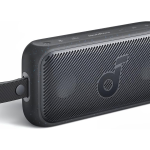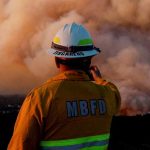Epiwatch is driven by a “multifactorial risk analysis tool called ‘EpiRisk’ which provides rapid insight into the potential severity of emerging epidemics by combining disease-related parameters and country-related risk parameters”.In a retrospective exercise for COVID-19 ahead of its slated launch next month, Epiwatch monitored China’s national blogging site Weibo and social media to pinpoint when the pandemic could have first been flagged.“There were signals that could have been picked up in real time in mid-November about COVID-19,” Professor MacIntyre told NCA NewsWire.“Not only did we find information about severe and unusual activity of pneumonia but also censorship of media reports that had been blacked out (by the Chinese government).“(In the retrospective exercise) there was something unusual happening in that province (COVID-19’s origin in Wuhan) prior to the WHO finding out about the virus at the end of December.”
Professor MacIntyre said COVID-19 could have been contained to Wuhan using this technology, which was inspired by the 2014 ebola outbreak of 2014 in western Africa.“You can prevent pandemics; the whole (COVID-19) pandemic could have been prevented by detecting it and then isolating the cases in China,” Professor MacIntrye said.“We could have also used social media to detect a signal for the 2014 ebola epidemic three months before WHO was aware of the outbreak.”
UNSW’s Epidemic Observatory also has the ability to predict the severity of annual flu seasons.“We have a flu forecasting system which can tell whether you’re going to have a bad flu season,” she said.Professor MacIntyre said Epiwatch was particularly useful in the virus-prone region of Asia Pacific.“We live in a region that is, historically, high risk for emerging infections and pathogens,” she said.
“This kind of technology is already available in soma Asian countries but not in Western countries. Public health is quite old-fashioned (in Western nations).“We have picked up on contact tracing using QR codes (in Australia), but I think we can expand on that and use digital surveillance on diseases.”
Powered by WPeMatico






